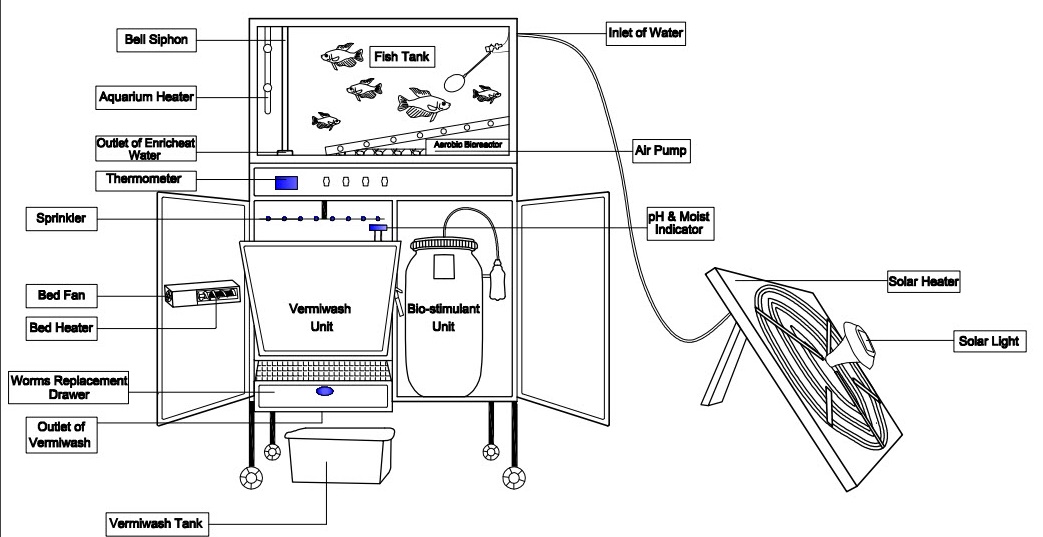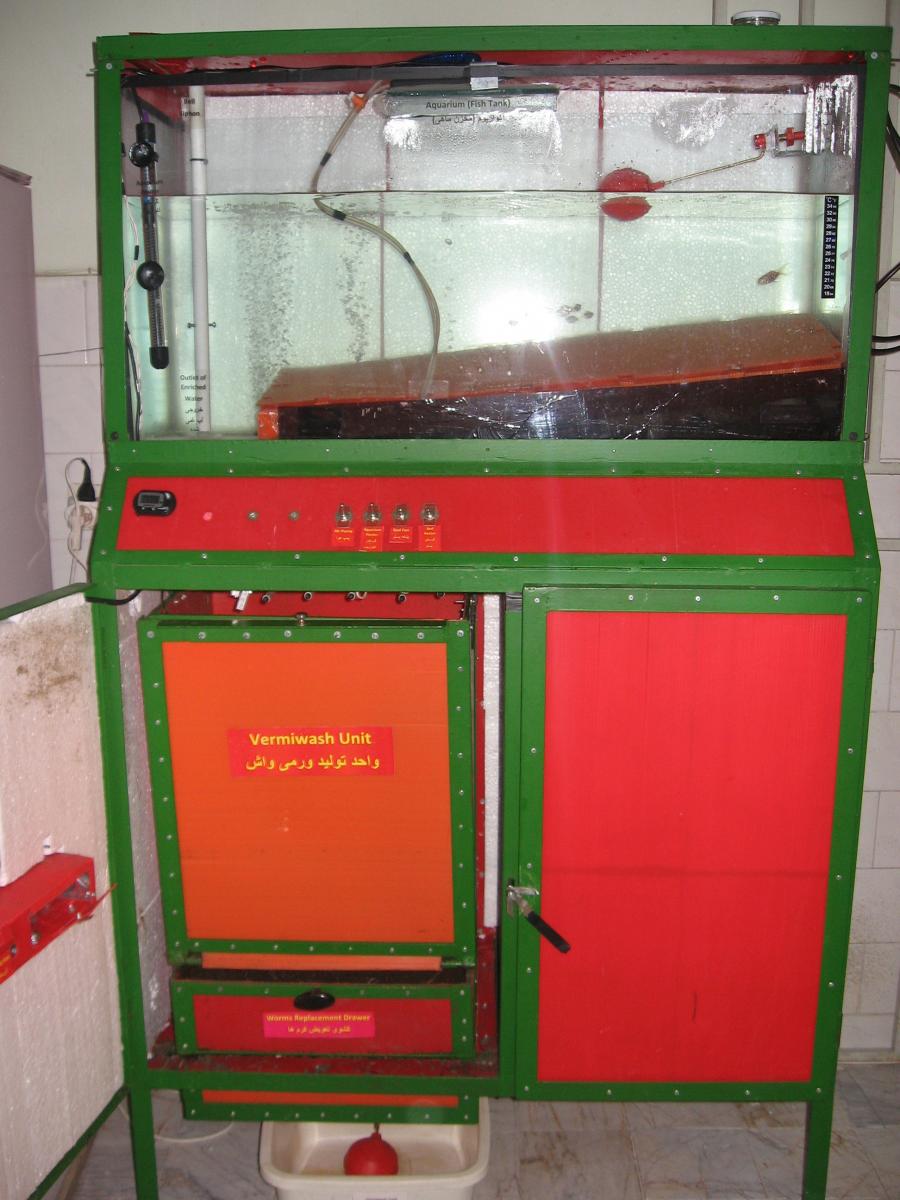-
About
- Our Work
- Get Involved
- Stay Updated
Before beginning to continue studies in agriculture I had always thought that conventional agriculture is the best choice for the cultivation of cereal, horticulture and livestock crops. This was due to the fact that looking around I saw that in recent years, the products performance has risen resulting to an increase in the farmers' income.
However, the decrease of products quality especially fruits and edible vegetables can't be ignored. After passing theory courses during my first semesters, I started practical lessons and stepped into the university farm. The lesson ((agricultural practices)) was began in early spring during which we were planting several agricultural and garden plants including sunflower, alfalfa, corn and leafy vegetables in the farm.
Coinciding with the start of farming, I realized some other type of agriculture under the associated teacher's guidance. Ecological Agriculture (Agroecology) is a type of Eco- friendly agriculture that has less damages to the environment.I was beginning to get acquainted with organic agriculture. It is a type of eco-friendly agriculture in which synthetic chemical is not ever used and this leads to less damage to the environment as well as the increase of agricultural products quality.
I learned that this type of agriculture doesn't use genetically modified organism or GMO. It was interesting for me because my farmer friends' in the village almost did the same type of agriculture, in a small-scale and without the use of advanced features.But the problem was that they were sometimes forced to use synthetic chemical pesticides and herbicides and no one ever told them that they can use natural eco-friendly alternatives. I asked the experts and realized that there are organic alternatives on the market but because of importing from abroad they are expensive. However, due to their high prices to farmers with small lands, to use them is not affordable. In fact, at the moment, natural fertilizers and insect repellents are imported from developed countries in a limited way.
Its at this point that i decided to start working on ways of producing fertilizer and insect repellents by using cheap and available raw materials. I began to study and used the experience of other countries, particularly African countries. We tested several different materials of different plants such as nettle and aloe vera to eggs and quail eggs and mixed them by different methods and sprayed at different times on different plants until we could get the most effective combination.
The first year we got the desired combination. Over the second year we began to make a device by which the farmer could prepare this product easily and in the village and even in his own rural home with the easiest and cheapest method.And after about two and a half years, our efforts finally paid off and the device was made.
Going forward, we hope to collaborate with other relevant experts to register this device as a national invention. Note that this device is my idea and work result as an undergraduate student in agriculture, Dr. Mohammadreza Davari (Agroecologist) and Mr. Nabiri who helped us as a technical and mechanical expert.
The Product Description: Aqua-phyto Biofertilizer Production Unit

The invention is in the field of environmentally friendly farming or more precisely, in the field of organic farming. This type of farming doesn’t damage the environment, in addition that new products with good quality are produced which can be offered in the international markets. The invention tries to make a unit which can produce a fertilizer with a proper combination of organic materials, including growth hormones, bio-stimulants, amino acids, promoter materials and mineral iron for the farmers to use it in addition to macro and micro fertilizers to achieve greater yield in the short time. The syetem utlizes solar energy system and the Aqua-phyto biofertilizer production is completely in accordance with international standards set by IFOAM for the production of organic products.
Biofertilizer production unit
The final product of the invention is a combination of conventional Vermiwash as the main material and substrate, Nettle extract and Aloe vera extract (obtained from a mixture of Nettle and Aloe vera and a solution containing beneficial mountain microorganisms or MM).
The aquarium water of fish treated by Nitrosomonas was used for irrigation of the bed and in the design of the unit, it is tried that the outlet aquarium water is sprinkled homogeneously on the bed and also, the water entered into the aquarium is partly heated by solar energy.If the water flow is cut off or the water doesn’t enter into the aquarium for any reason, the floating embedded into the aquarium intelligently prevents the entrance or exit of water by detecting the level of water inside the aquarium.
In the other part of the chamber, the microorganisms are simultaneously grown on rough and porous surfaces that in the construction of this unit, the ceramic stones which are specially used for this work are used to achieve the goal. In vermiwash bed, the free-living nitrogen-fixing bacteria such as Azotobacter are used. In addition,in this bed, a conditioner is used to balance the temperature of the substrate, especially in the warm months and a heater is used to heat the air inside the bed and to prevent the reduction of the substrate temperature in the cold season. Of course, the unit is equipped with a thermometer with digital display that its sensor is put in the bed and its display is put on the body of the unit and also, it is equipped with a pH meter and hygrometer which are placed in the vermiwash bed. The chamber is designed in such a way that the substrate can be moved easily and without causing any harms to the worms.
In other part of a unit, the growth stimulant and growth booster (the use of Nettle and Aloe vera) are kept with microorganisms within a closed compartment, this section is designed in such a way that doesn’t allow the entrance of air and oxygen and finally, the resulting solution and the final product is Aqua-phyto biofertilizer that according to the type of cultivated plant and the various stages of its growth, different ratios of it can be used by the consumers. In the entire process of making the solution, non-synthetic methods are used and they are in accordance with the standards of organic farming.
The advantages of the invention
1. The vermiwash substrate is fed aquatically for the production with better quality.
2. Using heater and conditioner for vermiwash substrate
3. Using solar energy to heat the tank of fish and microorganisms
4. Combined production of vermiwash and plant extract
5. Suitable automatic storage tank
6. Homogenous spread of liquid on the vermiwash substrate
7. Shifting materials without damaging the worms
The procedure for the application of invention
Given the need of this device for the simple equipment, one can act to construct the aqua-phyto biofertilizer production device beside the agricultural units and villages. Materials needed to build this type of device and the raw materials of fertilizer can be found everywhere. This type of fertilizer can be used in organic farming especially, in planting valuable plants such as Saffron. Using it also reduces the costs of inputs, especially for the farmers and retailers.
In case you need further details,please write to Ms Marjan Varmazyar. Email This email address is being protected from spambots. You need JavaScript enabled to view it.
About the author
Related Posts
Comments
No comments made yet. Be the first to submit a commentBy accepting you will be accessing a service provided by a third-party external to https://archive.ypard.net/
Get in touch
Email: [email protected]
YPARD Global Coordination UnitHosted by AGRIDEA and the Czech University of Life Sciences Prague
Lausanne, Switzerland and Prague, Czech Republic - Our Work


